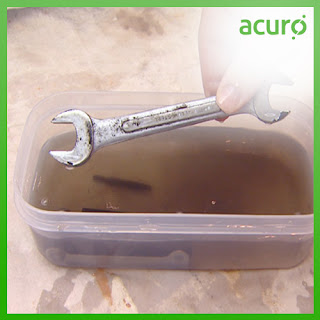SWIMMING POOL CHEMICALS

We are a leading chemical manufacturer and supplier of premium quality Swimming Pool Cleaning Chemicals & Disinfectants. Our range of Swimming Pool Chemicals comprises Algaecide , TCCA (available in form of Granular Chlorine & Chlorine Tablets), Dry acid etc. Our chemicals effectively remove foul odour from pool water. Our range of chemicals is an efficacious alternative for conventionally used gas chlorine and liquid chlorine/hypo solution. We ensure clean and safe pool water with a thorough elimination of deteriorating contaminants. We are offering chemicals that are widely admired for their advanced chemistries and prolific results. TCCA ( CHLORINE TABLETS) POOLO ( ALGICIDE ) TCCA ( GRANULAR CHLORINE ) SDIC / NaDCC




